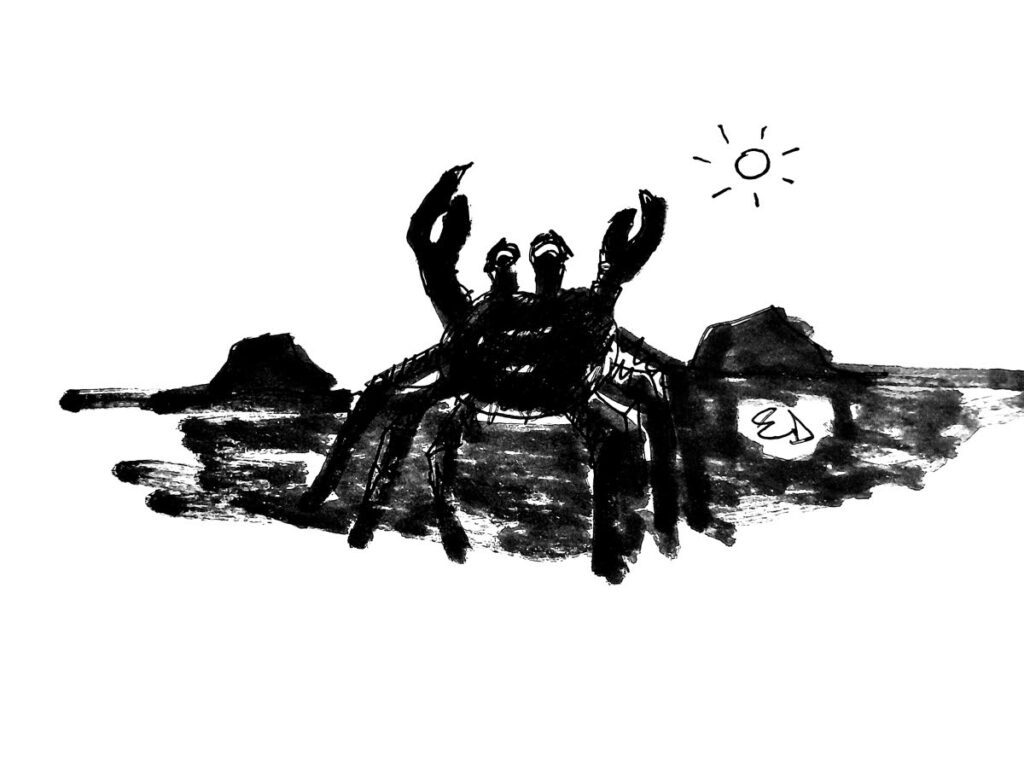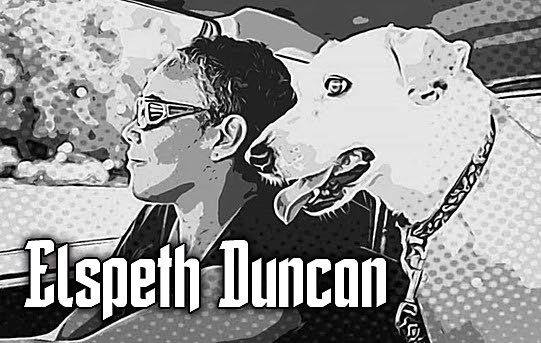Oiled creatures great and small

When the recent oil spill occurred off the coast of Tobago, I spent time over a few days checking along various parts of the shoreline for any affected wildlife in need of assistance. Strangely I (and a few other friends who were also looking out) saw no signs of life. Perhaps the animals were sufficiently wise to know not to venture close to the spreading disaster zone.
The tarry-looking liquid was caught up in sargassum, shining in vast, thick deposits on the sand, coating driftwood and rocks and splattering with crashing waves onto the road, landing as thick, oily drops.
Walking along the beachfront near Magdalena Grand (before the major clean-up began), the only signs of life I observed were those small chip-chip-like creatures that cling to seaborne objects. Not knowing their official name, in this article I will call them chip-chips (even though they are not).
They were all covered in the black substance, some with their shells slightly opened, looking as though they were silently screaming, gasping for air and/or attempting to escape from the horror of the toxic coating.
The image of a lone chip-chip clinging to a black, oil-covered plastic bottle lingers in my mind. Had I taken a photo of that, I would have used it as the image to accompany this article. The striking juxtaposition of plastic (man’s creation) and oil (man’s quest) and the innocent natural creature was a potent symbol of how, just as oil and water do not mix, in many instances, neither do humans and nature.
I thought about washing the oil off of the chip-chip, even though I knew it made little sense in the moment. Not just because the seawater washing ashore was black with oil, and because water itself cannot remove that substance, but because shellfish are difficult, if not impossible, to "rescue" from such tragedies.
A few days later I saw a crab along the sea wall near the Lambeau fishing depot. Despite the tragedy of his being completely coated in shiny black, he appeared somewhat beautiful, like a tar-smeared jab molassie or some kind of Minshallesque Mancrab.
He paused for a while. Was he looking at me with protruding crustacean eyes – or had he been blinded by the thick alien substance?
My question was answered as I moved forward, hoping at least to pick him up and remove him from being further sprayed by the oiled seawater. Seeing me, he scuttled into a large crack in the wall.

Ricardo Meade (El Socorro Centre for Wildlife Conservation), a certified trainer in oiled-wildlife volunteer response, had this to say via phone: “A crab covered in oil is pretty much a goner. Invertebrates are not usually targets of the oil spill rescue response.
"The way to help them is to try and prevent the spread in the first place, using a boom. Once the oil gets to them there is not much you can do.”
The creatures mentioned in this article are so tiny that many may find them unimportant. Far from it. The life of even the smallest creature affected by an oil spill is of major importance.
The public must be kept abreast of animal-related issues – generally, and in times of disaster – to help more people understand that life is not just about humans and their needs. Upon hearing of the oil spill, many people’s primary concerns were: "Can we still swim?"..."How will we eat fish?"
As I write, it is February 21, almost two weeks since the February 7 discovery of the oil spill.
Only last night did I see anything about animal-rescue effort – a video featuring "Farley" (THA Chief Secretary) discussing the work of a team from Trinidad (the Serpentarium) as they cleaned an affected caiman. Another video showed the Chief Secretary helping to clean the caiman.
How many affected animals were discovered overall? What species? How were they treated and released? Were Tobago-based entities involved or invited to assist?
Corbin Local Wildlife – a key presence on the island for wildlife welfare – did not know of any animal-rescue operations until I sent them the video link.
It is important to release this kind of information to the public much earlier on, for educational and informational purposes. For example, if someone finds an affected animal, who do they call?
In seeking to be more self-sufficient, Tobago must include the ongoing training of committed Tobago-based people to effectively handle animal casualties in times of crisis.


Comments
"Oiled creatures great and small"